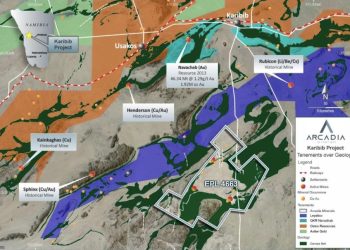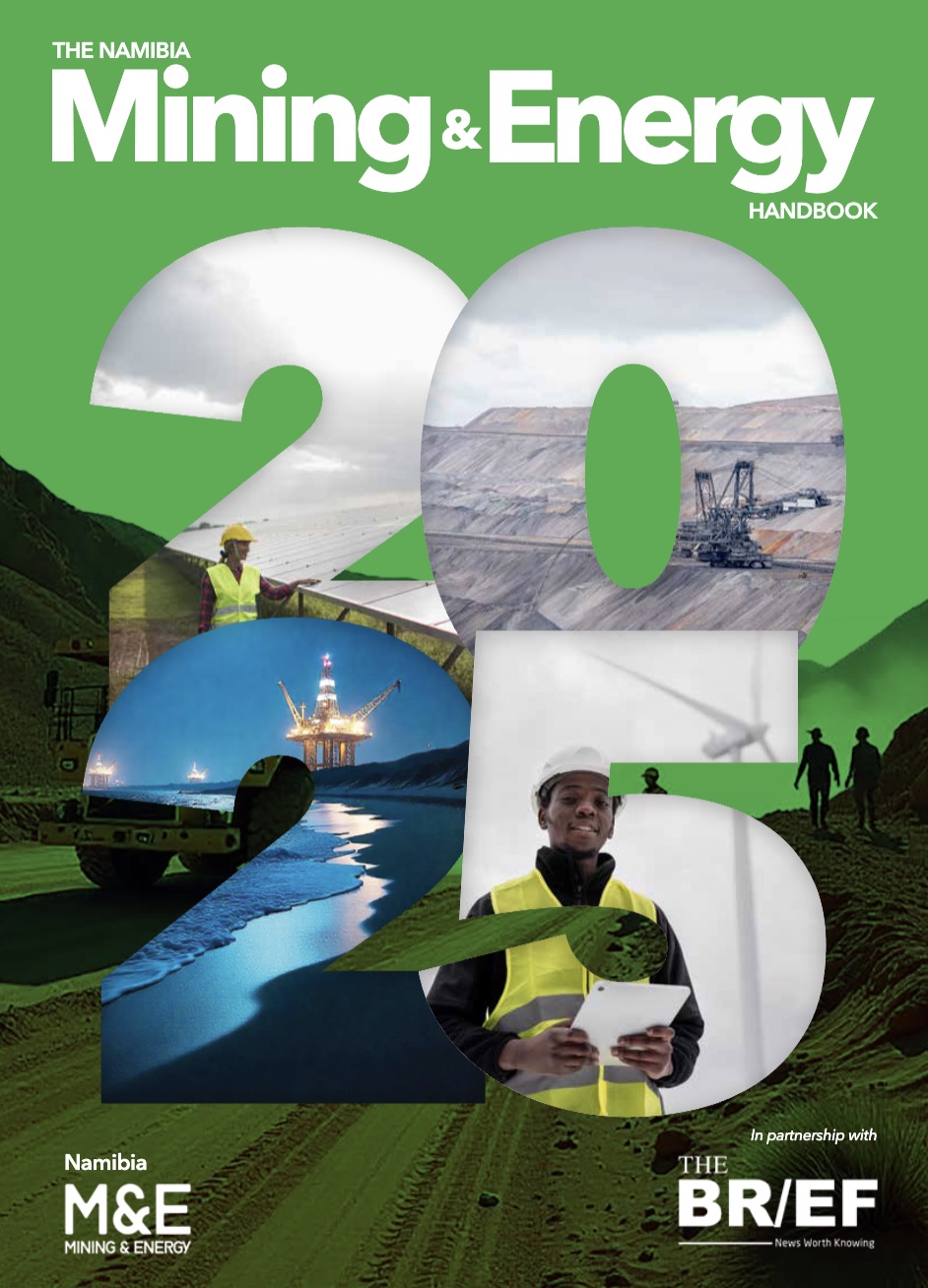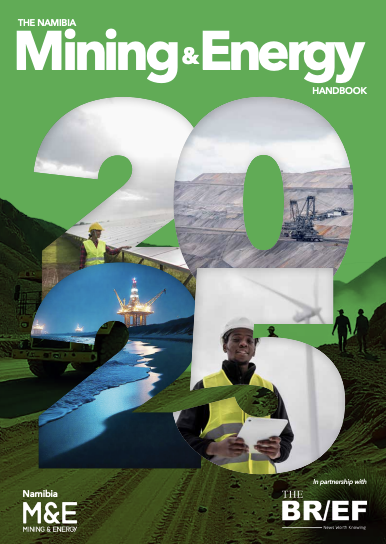
Canadian exploration company, Great Quest Gold says it has uncovered promising assay results from its K17 Prospect in Namibia, indicating the potential for a significant polymetallic discovery.
The latest rock chip samples and drone surveys have strengthened the company’s structural model and provided key insights for future drilling.
“We are highly excited about these fantastic results with high-grade copper and gold, plus uranium and molybdenum, also confirming our mineralisation model of an IOCG. An average grade of 2.41 g/t gold equivalent in 38 samples collected through grab sampling over an area 3 km in diameter is a notable result,” said the company’s President and Chief Exploration Officer Andreas Rompel.
A total of 38 rock chip samples were collected from the K17 Central area, revealing consistently high copper and gold grades.
The highest values recorded include 4.47% copper, more than 10 grams per tonne of gold, 13.4 grams per tonne of silver, 153 parts per million of uranium (U3O8), and 371 parts per million of molybdenum.
Notably, 23 samples exceeded 1% copper, while 11 samples returned gold grades above 0.5 grams per tonne.
The mineralisation is hosted in chlorite schists, characterised by intense hydrothermal alteration. Key copper minerals identified include malachite, azurite, and chalcocite.
“Mineralisation is hosted in highly bleached and silicified chlorite schists, displaying evidence of intense hydrothermal alteration (see figure 3). Copper occurs predominantly as malachite, azurite, and chalcocite, with minor amounts of chalcopyrite,” he said.
Great Quest has also completed and processed 869 line-kilometers of drone-based magnetic surveys, refining its understanding of the geological structure at K17.
The surveys identified significant zones of magnetite alteration and major conductive anomalies in the lower crust, suggesting the presence of an Iron Oxide Copper-Gold (IOCG) mineralising system.
Fieldwork confirmed that mineralisation is concentrated along fold closures of the Dagbreek and Klein Dagbreek synclines.
Folding and shearing are believed to have played a crucial role in trapping mineralising fluids, forming saddle-reef-like deposits.
With the encouraging results, Great Quest is set to advance its exploration program. The company plans to conduct a 20-line-kilometer ground Induced Polarisation (IP) survey, targeting near-surface conductors and down-plunge extensions of mineralised fold hinges. This survey will guide the first Reverse Circulation (RC) drilling campaign at K17.
Great Quest Gold Ltd. is a Canadian mineral exploration company focused on developing high-potential gold and lithium projects in Namibia, Morocco, and Mali.
The Company’s flagship asset is the Damara Gold Project in Namibia, which includes the Khorixas, Omatjete, and Outjo projects, covering over 300,000 hectares.
Khorixas has yielded high-grade grab samples up to 49.9 g/t Au, while Omatjete and Outjo present significant gold and lithium opportunities.






